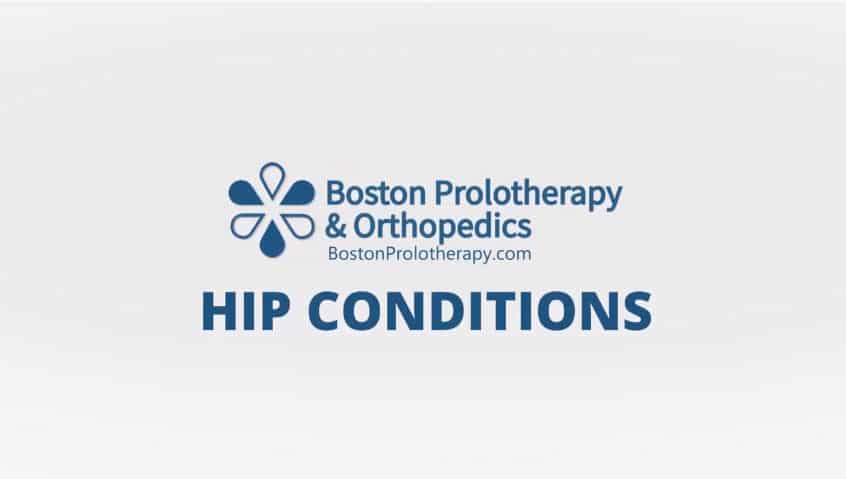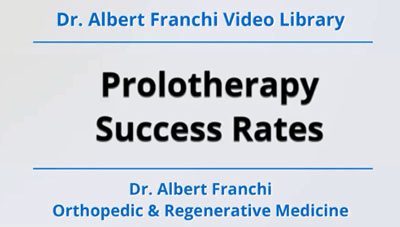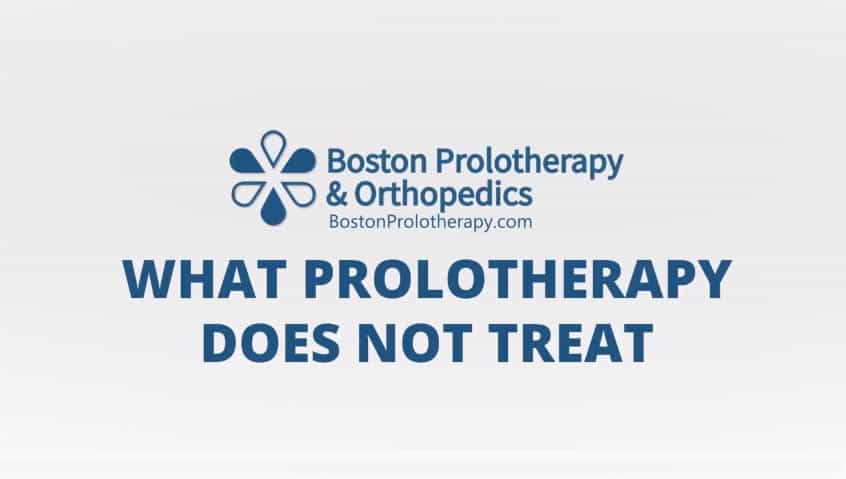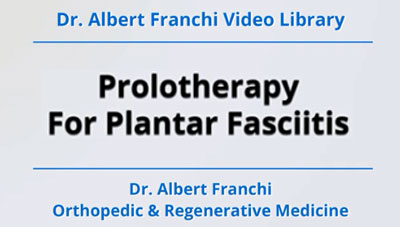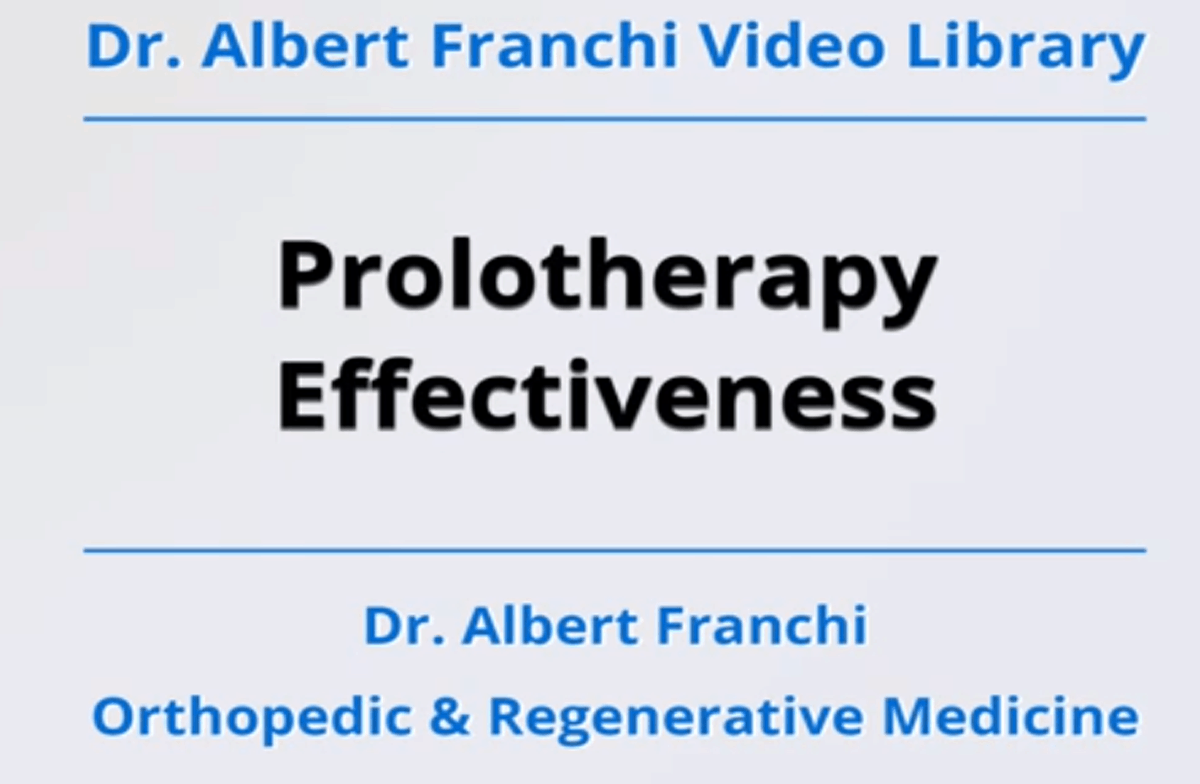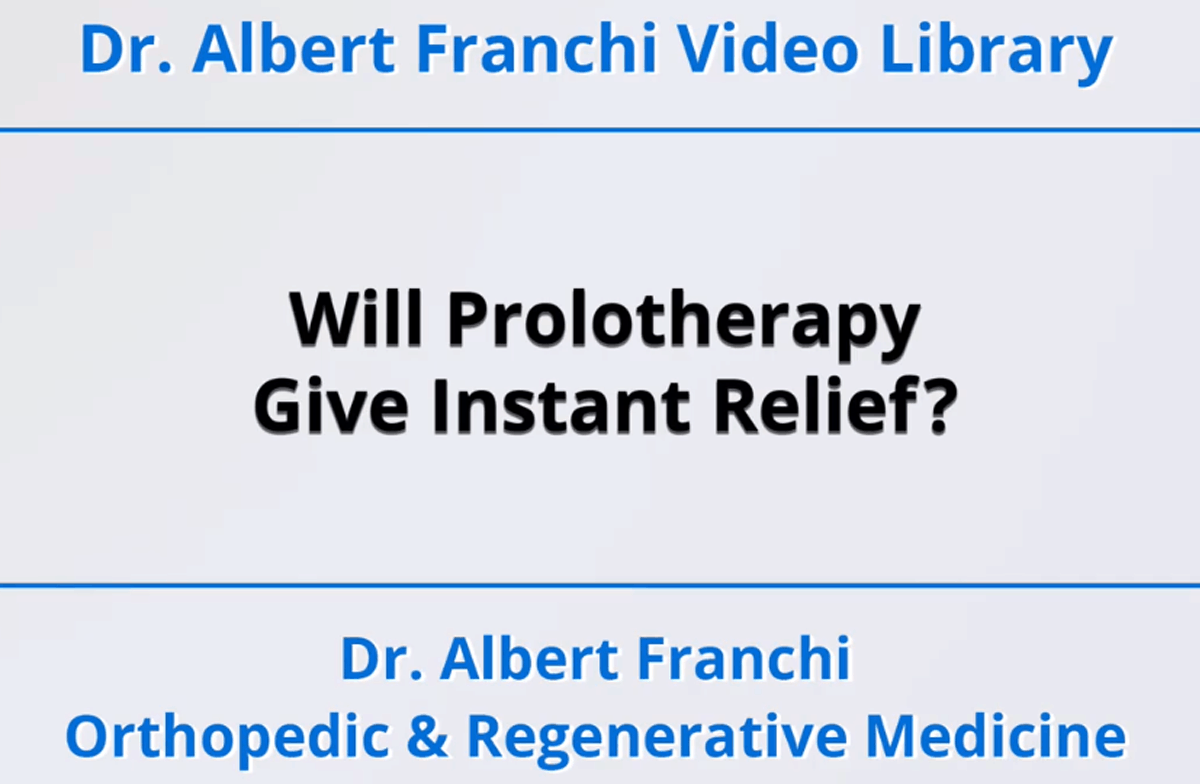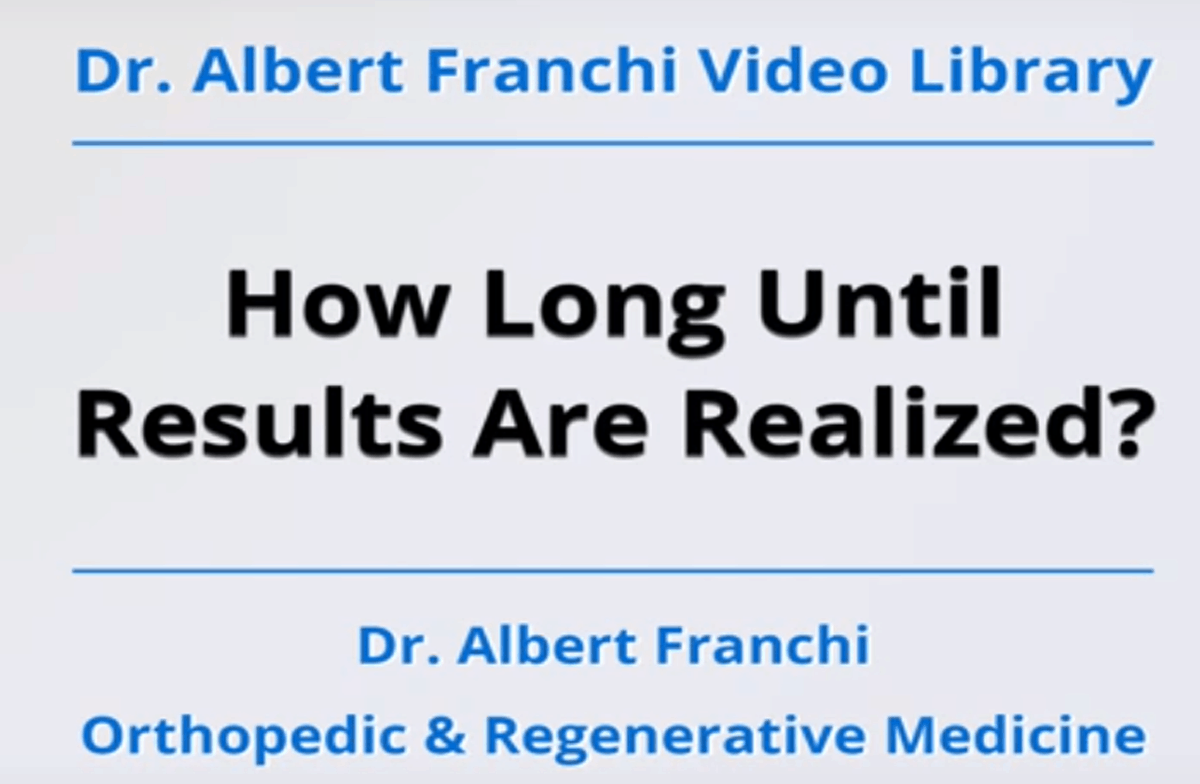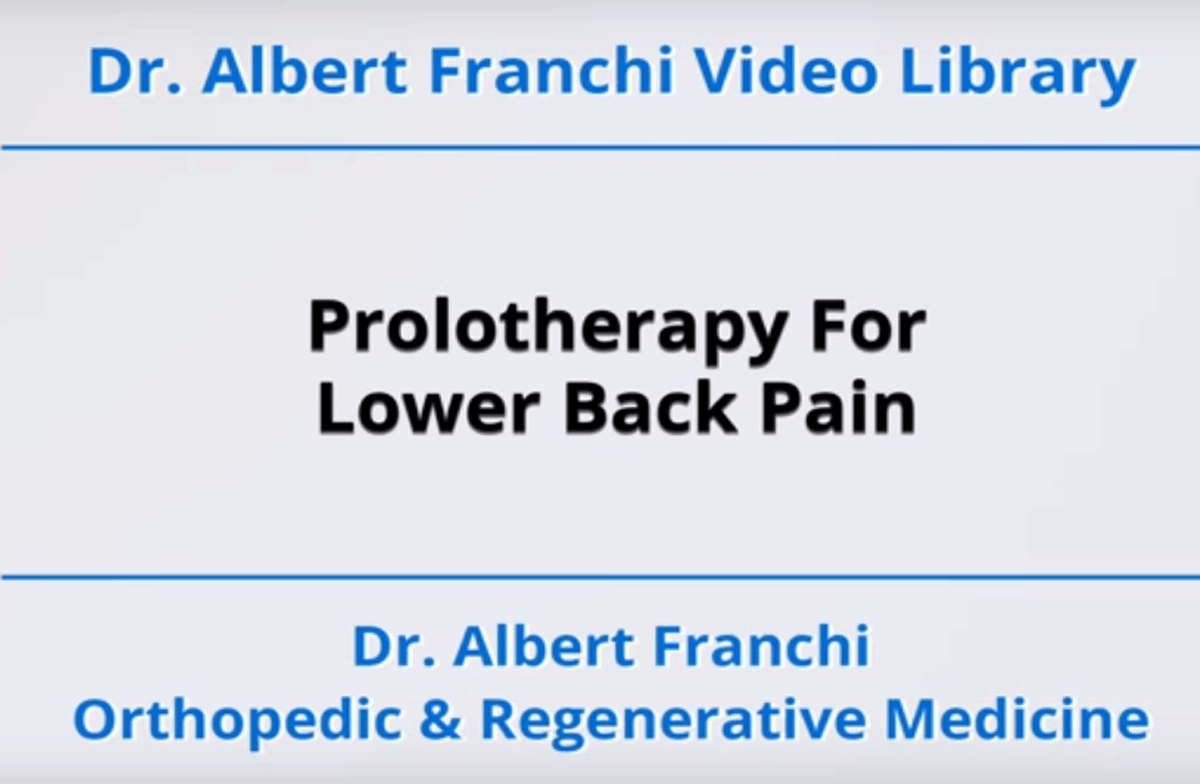Dr. Franchi has found prolotherapy to be an effective treatment for the following conditions of the hip. Arthritis and certain tears of the labrum, as well as hip flexor tendons and groin strains. When treated over a period of five weeks, 80% of our patients found that we have alleviated their pain.
Some common hip issues include the following.
Arthritis
Osteoarthritis and rheumatoid arthritis are the prevalent forms of hip arthritis. Osteoarthritis results from wear and tear in the hip joint.
Slippery tissue named articular cartilage covers the hip joint and reduces friction between the bones, so you don’t feel pain as you move about. As the cartilage slowly deteriorates, your motion becomes limited, and you feel like your hip is stiff. The discomfort worsens when you stand for a long time or walk long distances. Other symptoms include swelling, grating sensation, and tenderness.
If you have rheumatoid arthritis or any other form of inflammatory arthritis, your body’s immune system attacks the protective lining around the joint, called the synovium. Then, fluid accumulates in the hip joint, resulting in pain and swelling. Rheumatoid arthritis causes hip problems among younger people.
Avascular Necrosis
Avascular necrosis of the hip occurs when blood supply to the joint is interrupted. Without sufficient nourishment, the bone in the femur’s head dies and slowly collapses. Also, the articular cartilage wears down and can even collapse and result in disabling arthritis.
Injuries like hip fractures and hip dislocations can also damage nearby blood vessels and restrict blood supply to the hip joint. Other risk factors include long-term corticosteroid use, excessive alcohol intake, and medical conditions like sickle cell disease.
Hip pain is often the first symptom of avascular necrosis. You may feel a dull ache in the buttock or groin area, which worsens as you move around.
Hip Pointer
Athletes who engage in contact sports like hockey and football often injure their iliac crest, the curved part of the pelvis commonly called the hipbone. A hip pointer typically results from a hard fall or a direct blow to the hip and may cause severe pain. The discomfort is aggravated by deep breathing, coughing, walking, or running.
Bursitis
Hip bursitis is the painful swelling of the bursae in your hip joint. These fluid-filled sacs sit between soft tissue and bones and reduce friction during movement. When the bursae become irritated due to injury or strains, you feel pain that worsens with activity.
Bursitis is prevalent among athletes in sports that require a lot of running, such as soccer and football. You may feel pain when you lie on the affected side or walk up the stairs. Treatment goals for bursitis include reducing inflammation and pain and preserving mobility.
Prolotherapy for Hip Issues in Boston
In many cases, medication and home remedies only offer short-term relief for hip pain. This is mainly because conservative treatments do not address the deterioration of cartilage, tendons, and ligaments causing hip pain.
Prolotherapy is an effective treatment for tendon and ligament tearing. This regenerative treatment involves the injection of an irritant to the hip joint to kickstart the body’s natural healing process. The treatment is an alternative to surgery or long-term medications among people suffering from degenerative conditions like arthritis, bursitis, impingement, and labral tears.
Is your hip pain intolerable? Contact Boston Prolotherapy & Orthopedics today for more hip pain and prolotherapy information.

